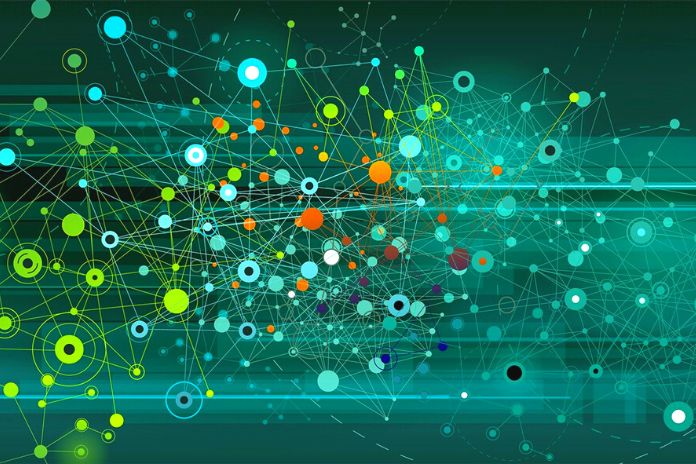Deep Learning: One of the biggest challenges in Artificial Intelligence applications was computational power and working with unstructured data, such as computer vision.
With the increase in the volume of structured and unstructured data, the development of solutions based on Deep Learning, which essentially corresponds to deep neural networks, began. They allow the capture and exploration of unstructured data, such as images, videos, sounds, etc.
A deep neural network can recognize hidden patterns and make correlations in raw data, continually learning and improving. They follow the same information-sharing principle as biological neurons. Deep Learning architectures take simple neural networks to the next level through more hidden layers, forming deep neural networks that enable training machines to perform human tasks with precision, autonomously learning to recognize patterns in many processing layers.
Neural Networks
Scientists developed artificial neurons to form neural networks when considering the functioning of biological neurons. Each artificial neuron also has input receptors responsible for perceiving certain types of signals. They have a body of processors responsible for a feedback system that modifies its programming depending on the input and output data, in addition to containing a binary output to present the answer “yes” or “no” according to the result of the processing.
An artificial neuron can only perform single processing. Each input receives information, but it can perceive different signals because it has two or more inputs. However, connecting similar neurons in a network makes the system process information better and offer more results.
Perception Tron
It is one of the most straightforward neural network architectures and deals with a single neuron, using linear patterns to obtain the results. Each input is connected to a synaptic weight. The value of each output neuron is linear; because of this, the architecture of a Perceptron is incapable of learning complex patterns. This model is no longer widely used, as there are other more efficient architectures.
Multi-Layer Perceptron
The Multi-Layer Perceptron (MLP) is based on the same principle as the Perceptron but is more developed and with a more significant number of neurons. They arise to deal with nonlinearly separable problems by adding hidden neuron layers to the model.
The complexity of an MLP network is given by the number of hidden layers and the number of neurons these layers have. They are conceived of three essential characteristics:
Input Layer: Provides the initial elements of the network.
Hidden Layer: Responsible for data processing, it has no contact with the outside world. The network can extract more elaborate statistics through one or more layers of hidden neurons.
Output Layer: Final value.
How Are They Being Used In The Market?
Through Deep Learning applications, which are enabled by deep neural networks, several industries and lines of business are implementing this intelligence strategically. Several organizations use neural networks in the health sector to obtain predictive diagnoses, produce biomedical images and improve monitoring. Public organizations have used Deep Learning applications to offer security and intelligent support to the population.
Deep neural networks are also used in banking, manufacturing, social networks, and various businesses. But one sector that significantly benefits from these solutions is retail. In addition to helping to understand customer behavior, improve service and perform performance analysis, Deep Learning solutions can also optimize the analysis and correction of data obtained through a sales chain. If done manually, identifying the registration of sold products and integrating information from partners and suppliers is quite complex. In this way, it is possible to use deep learning to automate the mapping and consolidation of this information coming from different and different sources.

